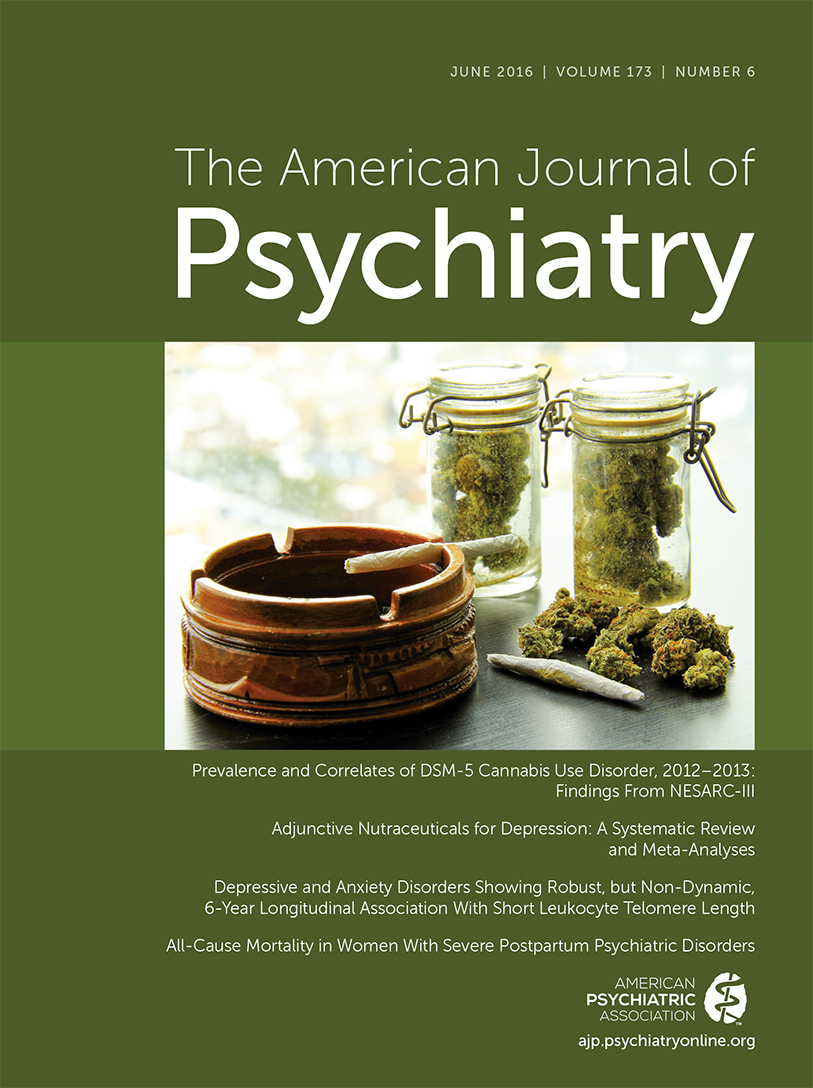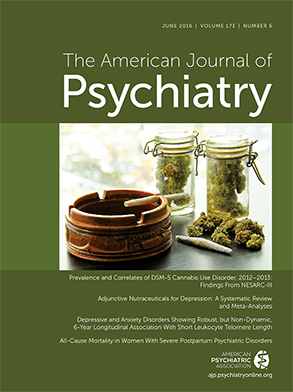T
o the E
ditor: Prescribing guidelines for clozapine have recently changed (
1). Clozapine may now be continued if the risk of psychiatric illness outweighs the risk of recurrent severe neutropenia; however, literature to guide treatment is sparse. Here, we report the 5.4-year course of a 19-year-old Caucasian male with schizoaffective disorder who developed agranulocytosis on three consecutive clozapine trials, but who thereafter achieved long-term stabilization of psychiatric symptoms and absolute neutrophil count (ANC) through concurrent use of clozapine and granulocyte colony-stimulating factor (G-CSF) with clear dosing parameters.
Clozapine was first initiated for the patient’s disabling psychotic symptoms despite multiple antipsychotic trials. Nine months later, agranulocytosis occurred (ANC nadir, 70 cells/µL; normal range=1,500–6,700 cells/µL). Per prescribing guidelines, clozapine was discontinued. As supported by prior reports (
2,
3), a time-limited course of G-CSF normalized ANC, and the patient briefly stabilized on a combination of lithium, risperidone, asenapine, ziprasidone, and olanzapine, but he did not regain significant functioning. Over the next 2.5 years, he required multiple hospitalizations for refractory delusions, hallucinations, and assaultiveness. ECT was ineffective.
Accumulating evidence supported clozapine rechallenge with concurrent G-CSF dosing (
2,
3). Clozapine was reinitiated with twice-weekly 300 μg G-CSF (5.6 μg/kg/week) (
2,
3). After 16 days, G-CSF was discontinued, and ANC remained within normal range. However, 30 days following G-CSF discontinuation, severe agranulocytosis recurred (nadir of ANC was undetectable). Consistent with the literature (
4), this duration of exposure was significantly shorter than the patient’s initial 297-day course. Clozapine was discontinued, and he was briefly admitted to internal medicine for neutropenic fever but stabilized on G-CSF and empiric antibiotics. No infection was identified.
Given the severity of psychiatric symptoms, the risks and benefits of a third clozapine trial were discussed with the patient and family. Clozapine was restarted with concurrent twice-weekly injections of 300 μg G-CSF (
2,
3). Psychiatric symptoms improved significantly; however, agranulocytosis recurred on day 68 despite concurrent G-CSF dosing (nadir of ANC, 300 cells/µL). Clozapine was discontinued, and 480 μg G-CSF subcutaneous was given daily to raise ANC to the upper levels of normal range. Nonmedication-related causes of neutropenia, including primary congenital or acquired bone marrow disorders, were ruled out.
Although there was significant concern about the risks of unsuccessful rechallenge, clozapine was resumed with higher G-CSF dosing (480 μg twice weekly [9 μg/kg/week]). Explicit ANC dosing parameters were devised based on experience with cyclical neutropenia patients: ANC goal, 5,000–30,000 cells/µL; hold dosage for ANC >25,000 cells/µL; additional dosage for ANC <5,000 cells/µL. The minimum threshold was chosen because the patient’s history suggested an ANC <3,000 may reflect impending agranulocytosis. There was less concern about risks of high ANCs given the lack of identifiable hereditary predispositions to neutropenia and lack of bone pain, rash, or splenic enlargement with high ANCs.
Over the ensuing 380 days (83 days longer than initial course), the patient achieved excellent psychiatric response (daily dosage of clozapine, 700 mg; 12-hour trough=755 ng/mL), and ANC stabilized (mean ANC, 15,770; median ANC, 10,500; range ANC, 3,700–51,300 cells/μL). Based on accruing information about the dosage of G-CSF and the ANC response, G-CSF dosing has been eventually adjusted to 480 μg every 5 days (6.4 μg/kg/week). At the time of this study, the patient resides with family, self-administers clozapine daily and G-CSF every 5 days, and has CBC monitoring weekly, alternating between pre-G-CSF and post-G-CSF administration.

